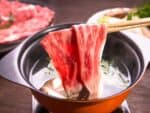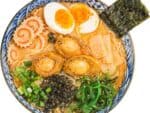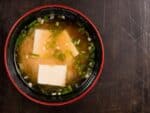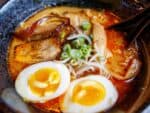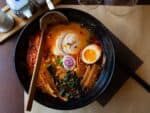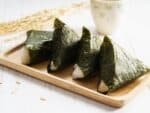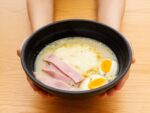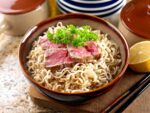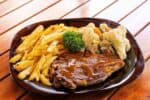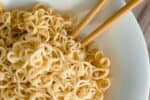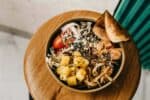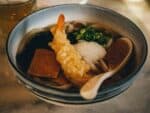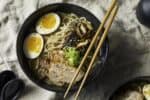One of the best meats in the world is the Wagyu beef originating in Japan. I wondered if animals such as wagyu cows are happy and what makes them so. Luckily, I found the answer and I would love to share my discoveries with you.
So how are wagyu cows raised? Wagyu cows are raised in a relaxing environment so they produce good meat. Wagyu cows grow more healthily in a stress-free environment filled with pampering and tender loving care.
Snake River Farms is the place to go for Wagyu beef. The cattle here are treated like kings, and it shows in the amazing flavor of the meat. If you’re looking to try something truly special, you need to give Snake River Farms a try.
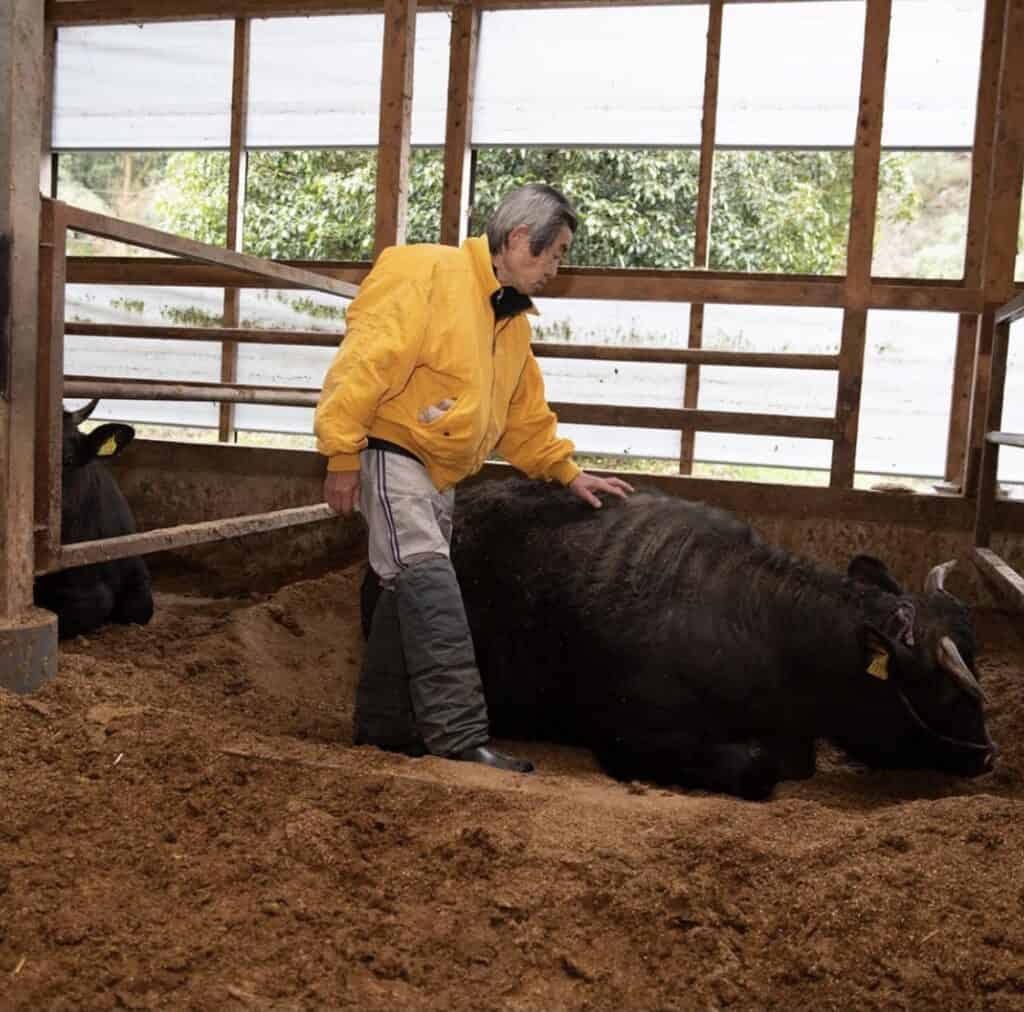

Wagyu producers are immensely focused on quality to ensure that their business stands apart from worldwide competitors.
Part of the effort is the consistency in breeding healthy cows that are fit for retail. From rearing to calving, Wagyu cows are provided with all their needs.
So, how much is a Wagyu cow worth? A Wagyu cow can cost more than $30,000. Known for their fatty meat and tenderness, the cost of raising Wagyu cows is high but worth it.
Here’s my guide on how to: Get the Most Out of Your Wagyu.
What Makes A Wagyu Cow Happy
Breeding a Wagyu cow is never a walk in the park. The growers bring money, effort, and dedication to the table — and this is why Wagyu meat is the most prized beef in the market.
Balanced Diet
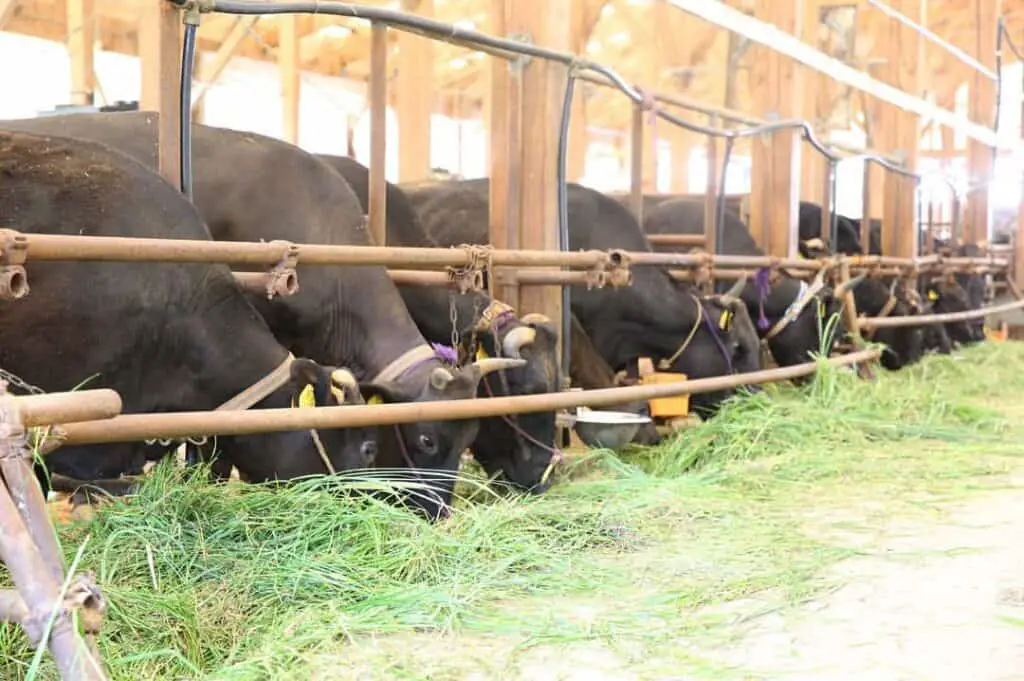
So, how is Wagyu beef raised? Wagyu cows are fed with chopped grain with the whole-plant silage of kernels, corn cop mix, and other variants that contain high levels of nutrients. They are also given vitamins, minerals, protein, and even vegetable oil to soften their fats. Some breeders feed the cows with Omega three and seaweed cut in strips to save the animals from getting exhausted due to over chewing.
Shed
Stress generates heavy cortisol that can crumble meat quality. To keep the cow free from afflictions, breeders do their best to give them a zen-like shelter to grow. The noise levels are carefully monitored to avoid scaring the resting cows. The water supply is regularly replenished. And cows who do not get along are separated in multiple sheds.
Calving
Cows who are up for calving distance themselves from the herd and give birth to their offspring in a separated pace. In the farm, the caretakers will prepare a pile of straw for the cows to lay on when the calving takes place. The area is cleaned and is located within close proximity to the main shelter so the mother cow will feel at ease, still hearing the herd nearby.
Bonding
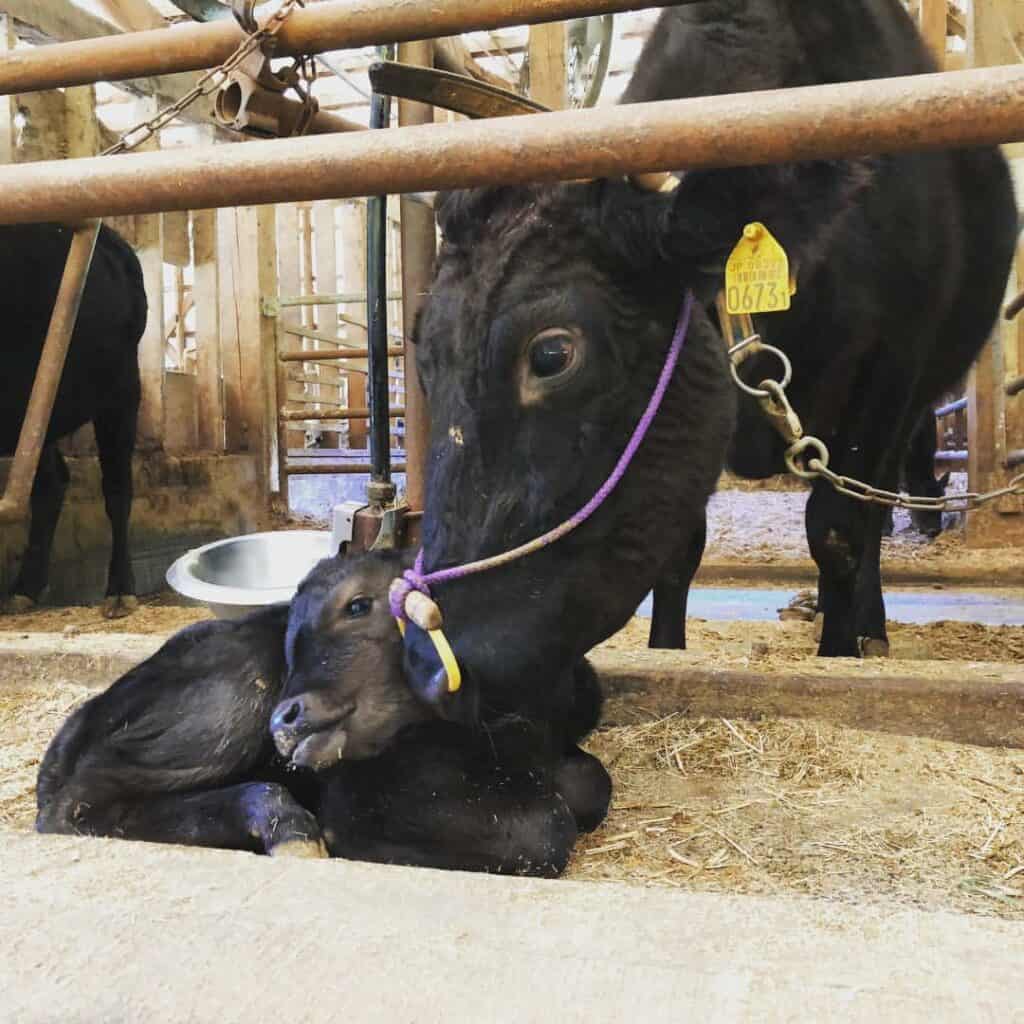
If the weather permits, the farmers will let calves roam outside with their mother cows and play around. The calves can feed on their mother’s milk anytime until the evening before returning to the shed. Calves have their own small space to protect them from potential predators.
Massage & Beer
One of the Japanese traditions involved in raising cows is giving them a brewer’s grain. This is an alcohol-free beer residue that is given to cows to foster relaxation. The farmers in Wagyu breeding lands also brush and massage the cows to improve digestion, blood circulation, and general wellness of the animals.
Modern producers of Wagyu seldomly practice such traditions. Instead, they play soft music near the shed to calm the cows and light the shelter to brighten the mood.
Names Instead of Numbers
Many farmers call the cows by name and not by number. They assume this practice fosters the cows’ sense of belongingness.
Characteristics of a Wagyu Cow
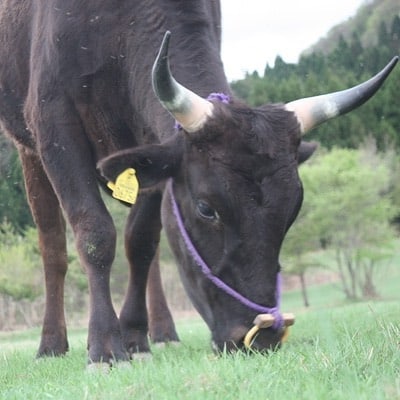
Wagyu cows mostly have a black or red coat. Their horns are white with a shade of black on the ends, lightly curved forward.
The wagyu cows are known for their serene temperament and the experts believe they got it from their history of special breeding.
The normal weight of a young Wagyu cow is around 30-40 kg. Female Wagyu cows have almost zero problems when it comes to fertility and their entire pregnancy cycle.
A Wagyu cow is considered as a premium beef conversion — better and of higher quality than other meat variations. They can adapt to both pasture feeding and grain formulas. Wagyu cows can be up for good cross-breeding to enhance the quality of their meat and increase marbling.
History of Wagyu Cows
Wagyu is a Japanese word derived from “Wa” which means “Japanese,” while “gyu” refers to cattle. During the 2nd century, cattle were freshly introduced into the country to assist a power system in rice cultivation. Migration was restricted and slowed down due to the rugged landscape.
The cattle were isolated in cramped areas and each field had an exclusive population. However, the cow herd in Japan was formally closed by the Shogun authority from 1635 to 1868. The national herd remains closed up to today, and only opened for a short period during the Meiji Restoration in the 1800s.
Given the history, there are still reports that the Continental and British breeds influenced the breeding of cattle for several generations about 100 years ago. In 1887, cattle breeds such as Angus, Holstein, Korean, Ayrshire, Simmental, Devon, Shorthorn, and Brown Swiss were imported and heavily impacted the heredity of Wagyu in the new era.
Japan built an isolated space to continue breeding and using different techniques to cultivate Wagyu calving. Over the years, the agricultural system used and the approach to how is Kobe beef raised resulted in diverse characteristics of cows. This led to the Kobe generation becoming the world’s standard of quality meat with rich flavor and delighting tenderness.
The feeding practices and unorthodox farming were realized. Breeders started adopting a mixture of practices, taking science, humidity, and temperature into consideration. Cows were fed grains during the summer months to prevent the thickness of their fat. Beer helped stimulate the cows’ appetites before eating.
The feeding of brewing grains is one of the solutions that farmers used to maintain healthy eating habits, especially during the hot seasons.
Japanese farmers who were the first Wagyu breeders are also known for massaging the cows. They believed that massaging the cow can reduce muscle pains or stiffness and relieve stress. During this time, the pioneers of Wagyu farming started similar practices to grow a happy and healthy cow — positively thinking that the quality of meat is based on the animals’ wellness during its herding period.
Ninety-six percent of pure Wagyu cows are found in Japan, making the country the number one beef livestock producer. Japanese Wagyu is categorized into four strains of cows: Japanese Polled, Japanese Shorthorn, Japanese Brown, and Japanese Black. When it comes to Meat Quality Score, Japan holds a specific grading system to monitor the marbling, color, and texture of Wagyu meat.
Reasons Why It’s Good To Raise Wagyu Cows
Raising agricultural animals can significantly benefit one’s life in terms of generating income and personal fulfillment. Though the journey of breeding Wagyu is not as simple as other ventures, there are several advantages to it that could make the whole experience worthwhile.
Quality Meat
So, how are Wagyu cows treated and what are the results of such treatment? Because of the careful pampering and balanced feeding, Wagyu cows are more relaxed. The environment, care, and wellness they have during their growth years play a significant role in determining the goodness of their meat. They have a natural ability to marble a high-caliber piece of beef if taken care of properly.
The meat of Wagyu cows has a slower melting point compared to other variations of beef. Their meat contains a profile of healthy fatty acids and is rich in Omega 3 and Omega 6.
Gentle Animals
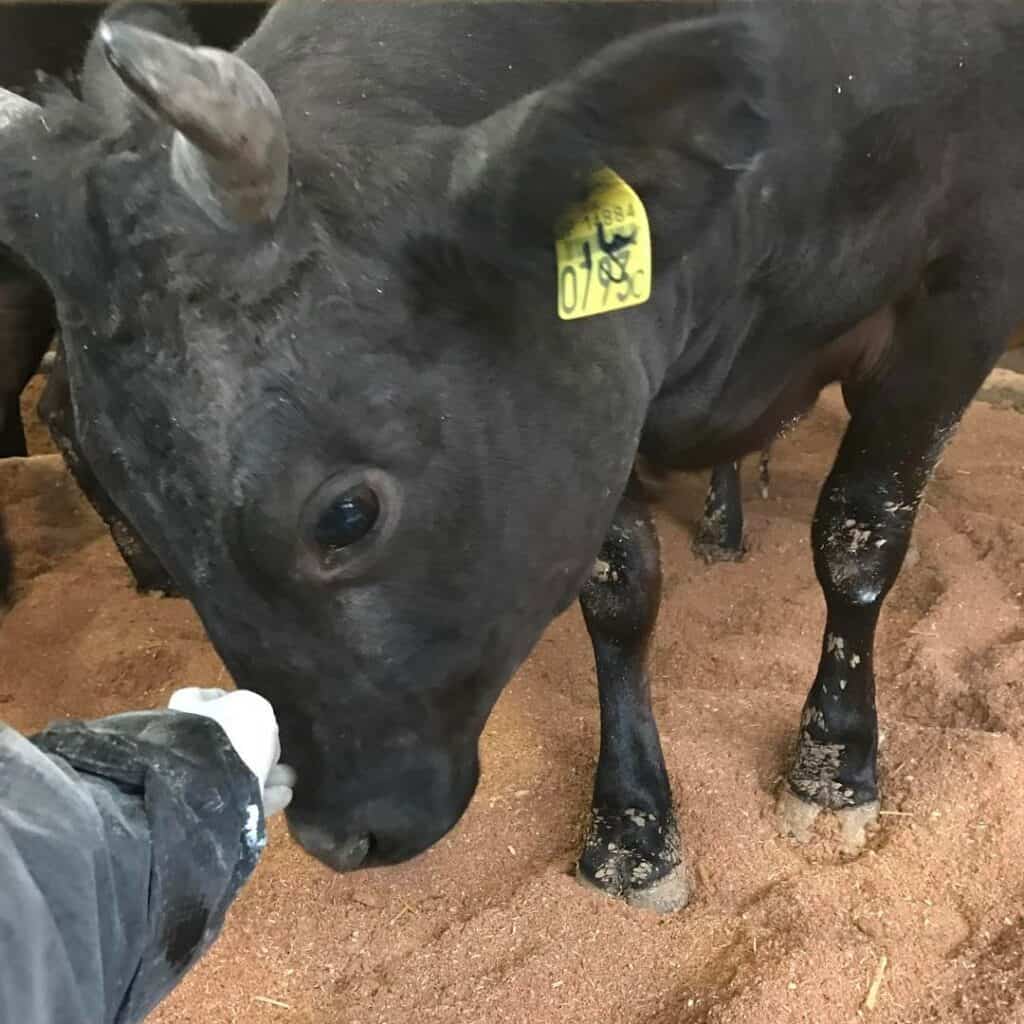
The Wagyu cows are very peaceful and quiet animals. They can adapt to different raising techniques and environments — as long as the overall surroundings are free from stress. Wagyu cows are also not easily triggered by other animals but the farmer will have to ensure a protected shelter.
Birth Efficiency
Wagyu cows have better fertility and birth efficiency compared to other types of cattle because of the Wagyu cow treatment. They are also warm and protective of their calves. A mother cow feeds her young the entire day before they are returned to their respective sheds. Calves are not fully withdrawn from their mothers until they reach the age of 12 months or more.
Potential Market for Dairy Industry
Wagyu cows are not only dominating the meat market. Research conducted by the American Jersey Cattle Association found that Wagyu cows can be a promising source of dairy products. They also determined that Wagyu and Jersey beef can be cross-bred for greater quality production.
Related Questions
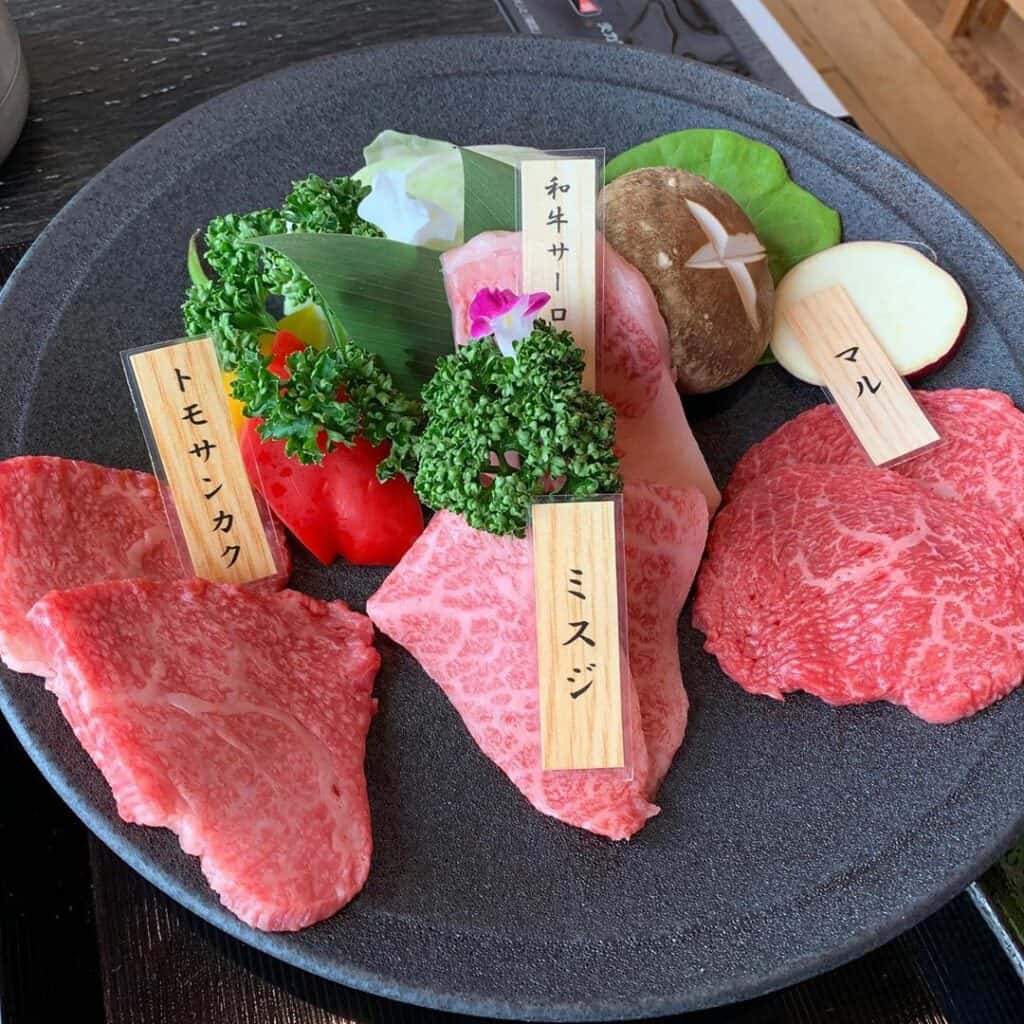
What does a Wagyu beef taste like?
The taste of Wagyu beef is often described as juicy and buttery sweet. Biting into Wagyu brings a satisfying and delicious experience. Others said that it’s like eating a spongy cake with beef dripping, as the meat is so soft that it melts in your mouth.
How much does it cost to buy a Wagyu cow?
High-grade Wagyu cows can amount up to $200 per pound. Calves are more expensive and can cost 40 times more than the price of US cattle. On the other hand, adult cows cost around $30,000.
Other than Japan, are there any other countries that breed Wagyu cows?
While Japan remains the king of Wagyu breeders, Australia and the United States are strong candidates to become the next biggest growers and distributors of Wagyu. Australia has the second-highest population of Wagyu with 100,000 mixed and full-blood Wagyu cows. In the US, 50% of Wagyu genetics have been crossbred with Angus and other common cattle.
